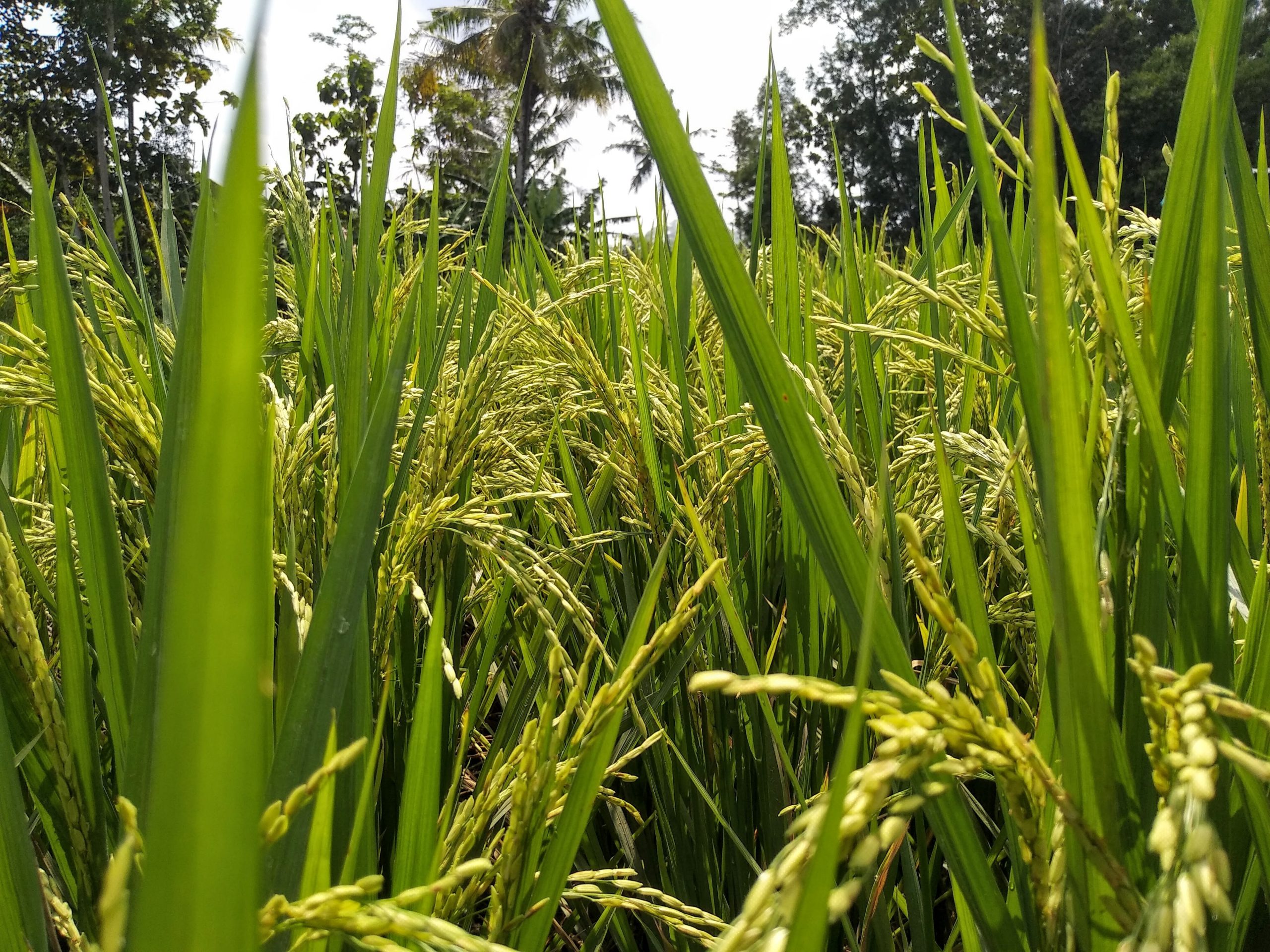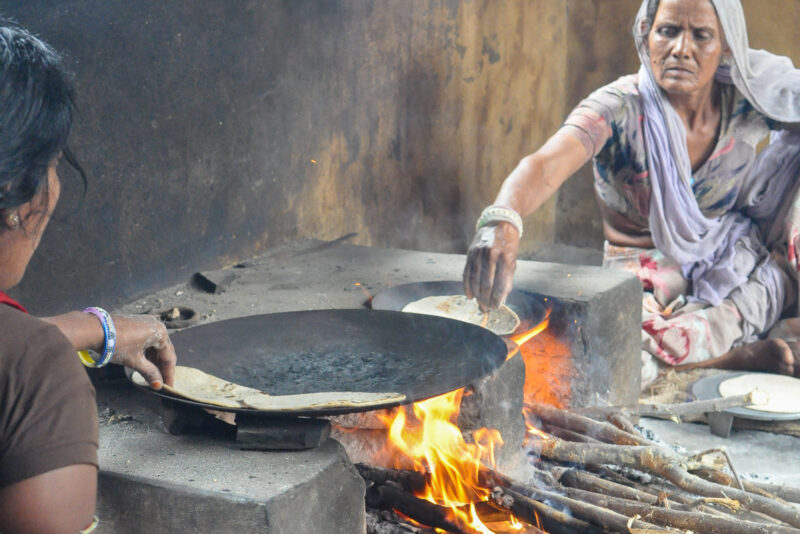The Nutrients Beneath Our Feet: Understanding the Soil-Human Health Connection

This piece from the TCI 2019-20 Annual Report presents TCI scholar Fatma Rekik’s research on the impact soil health has on human health via nutrition. Download the full annual report to read more.
You are what you eat. It’s a commonly heard saying that synthesizes the role nutritious foods play in human health. Dig a little deeper, and you might update the old adage—at least as far as plant-based foods are concerned—you are the soil.
As part of the TCI Soil Health Project, TCI scholar Fatma Rekik is leading a study to help understand how soil health affects human health through nutrition. The soil-to-human nutrient transmission has rarely been studied on a household level, and when it has, studies have looked at only one or two minerals. TCI’s approach is holistic and comprehensive, addressing the physical, biological, and chemical attributes of soil, including 22 different minerals.
Rekik’s study in Jharkhand, India, examines soil-to-human mineral transmission through rice. Rice is the most consumed staple in Jharkhand, one of the poorest states in the country and with high rates of malnutrition across income levels.

Two women mill rice by hand in order to remove the inedible husk and bran layers. (Photo by Fatma Rekik/TCI)
Rekik collected and analyzed 43 samples of soil, rice, and human hair (a bioindicator of long-term nutrition) from rice-subsisting communities across seven districts in Jharkhand. The levels of minerals, such as iron and arsenic, were tested to assess their associations across all three mediums. Physical and biological indicators in the soil, such as available water capacity and respiration, were also tested.
The study revealed that soil health is reflected nutritionally in both rice and humans. The associated benefits of physical and biological soil health for humans includes increased availability of essential nutrients like manganese, calcium, and cobalt, as well as decreased presence of potentially toxic elements like lead.
Rekik also interviewed 43 female heads of household about their dietary, health, farming, and cooking practices to assess their effects on soil, rice, and human health. Results indicate that the type of grazing livestock allowed on farm plots after harvest has a significant impact on soil health, specifically regarding levels of cadmium and molybdenum. Rice varieties, sources of cooking water, and cooking method each affect human nutrition, while landscape positions and soil texture have a significant effect on rice nutrition. For example, medium-textured soil appears to have an optimal capacity for holding onto minerals while also making them available to plants.
The results of this study are insightful for the betterment of human nutrition in malnutrition-afflicted areas. They show that healthy soil yields important nutritional benefits to humans by increasing the availability of essential minerals, and that farming and cooking methods play an important role in ensuring that those minerals make it to people’s plates for consumption. Further study of those methods is warranted to maximize the benefits of healthy soils for human nutrition.





